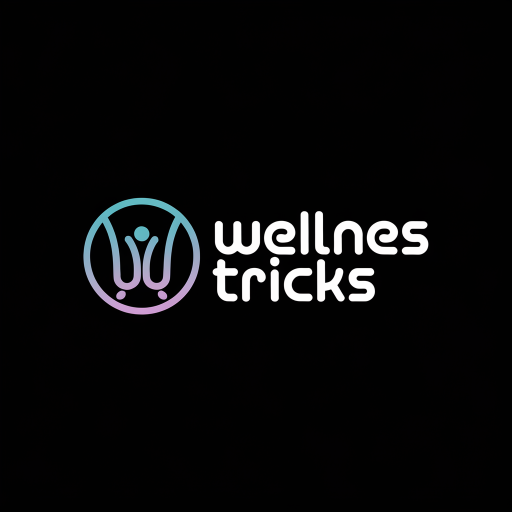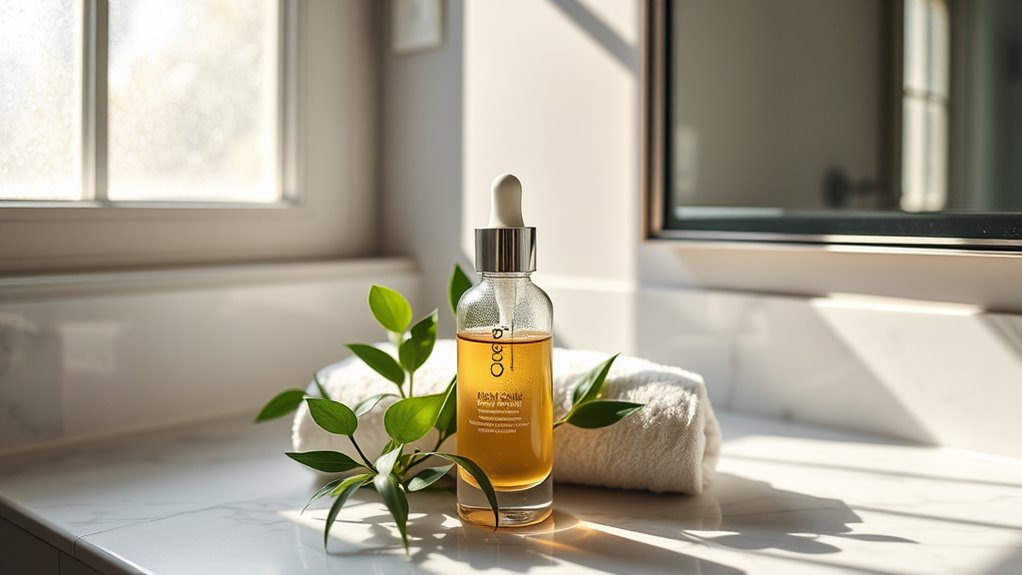The One Skincare Step Most People Forget
You might be overlooking a crucial step in your skincare routine—exfoliation. This process removes dead skin cells, unclogs pores, and enhances your skin’s overall appearance. Many people underestimate its importance, leading to dull complexions and breakouts. Understanding the right exfoliation method and frequency for your skin type can significantly improve your results. But how do you know if you’re doing it correctly? Let’s explore the essentials of effective exfoliation.
Key Takeaways
- Many people overlook regular exfoliation, which is crucial for removing dead skin cells and promoting healthy cell turnover.
- Exfoliating helps products penetrate deeper, enhancing their effectiveness and improving overall skin health.
- Individuals often forget to adjust exfoliation frequency based on their skin type, leading to either irritation or buildup.
- Signs like dullness, rough texture, or clogged pores indicate a need for exfoliation that many neglect.
- Following exfoliation with a moisturizer is essential for maintaining the skin’s barrier and preventing dryness.
The Importance of Exfoliation for Healthy Skin
Have you ever wondered why your skincare routine mightn’t be delivering the results you expect? One often overlooked skincare tip is the importance of exfoliation. By regularly removing dead skin cells, you enhance cell turnover, allowing your other products to penetrate deeper and work more effectively. Without exfoliation, you may experience clogged pores, dullness, and uneven texture. Depending on your skin type, consider incorporating either physical or chemical exfoliants into your routine. Aim for gentle exfoliation 2-3 times a week to reveal brighter, healthier skin. Additionally, proper exfoliation can significantly improve your skin’s radiance and texture. Don’t neglect this vital step; it could be the key to achieving your skincare goals.
Types of Exfoliants: Physical vs. Chemical
When deciding between physical and chemical exfoliants, which option best suits your skin’s needs?
Physical exfoliants use abrasive particles or tools to manually slough off dead skin cells, providing immediate results. However, they can irritate sensitive skin. On the other hand, chemical exfoliants utilize acids or enzymes to dissolve dead skin cells, offering a gentler approach that penetrates deeper. They can improve skin texture and tone over time. Additionally, incorporating a DIY face scrub can enhance your exfoliation routine by using natural ingredients for a gentle yet effective approach. Your choice should depend on your skin type, concerns, and sensitivity. Assess how each type aligns with your skincare goals to achieve optimal results without compromising your skin’s health.
How Often Should You Exfoliate?
Choosing the right exfoliant is only part of the equation; understanding how often to use it is equally important for maintaining healthy skin. Over-exfoliating can lead to irritation, while under-exfoliating may leave dead skin cells to accumulate. Generally, you should exfoliate:
| Skin Type | Recommended Frequency |
|---|---|
| Oily | 2-3 times a week |
| Dry/Sensitive | 1 time a week |
| Combination | 1-2 times a week |
Adjust based on your skin’s response. Always listen to your skin; if it feels irritated, scale back. Finding the right balance is key to achieving a radiant complexion. Incorporating a DIY glowing skin scrub into your routine can enhance the exfoliation process while nourishing your skin.
Signs You Need to Exfoliate
Wondering if it’s time to exfoliate? Look for these key signs.
First, if your skin feels rough or has a dull appearance, it’s a clear indicator. You might also notice dry patches or flakiness, signaling a buildup of dead skin cells.
Breakouts can suggest clogged pores, which exfoliation can help clear. Additionally, if your skincare products aren’t absorbing well, that’s another sign your skin needs a refresh.
Lastly, uneven skin tone or texture indicates a need for exfoliation to promote cell turnover. Natural remedies can also enhance the effects of exfoliation to achieve smoother, healthier skin. Pay attention to these signs to achieve smoother, healthier skin.
Incorporating Exfoliation Into Your Routine
Incorporating exfoliation into your routine offers significant benefits, including smoother skin and improved product absorption. You’ll need to choose the right method, whether it’s physical scrubs or chemical exfoliants, to suit your skin type and concerns. Understanding these aspects is crucial for achieving optimal results and maintaining skin health. Additionally, many people overlook the importance of common skincare mistakes that can hinder the effectiveness of exfoliation.
Benefits of Regular Exfoliation
Regular exfoliation is a crucial yet often overlooked step in a skincare routine that can significantly enhance the health and appearance of your skin.
By regularly removing dead skin cells, you promote cell turnover, leading to a brighter, more even complexion.
This process also helps unclog pores, reducing the likelihood of breakouts and allowing for better absorption of other skincare products.
Additionally, exfoliation can improve skin texture, making it feel smoother and more refined.
Incorporating this step into your routine can result in a youthful glow, while also preventing dullness and uneven tone, ultimately contributing to overall skin vitality.
Choosing the Right Method
How do you determine the best exfoliation method for your skin type?
Start by assessing whether you have sensitive, oily, dry, or combination skin.
For sensitive skin, gentle chemical exfoliants like lactic acid work well, while oily skin benefits from salicylic acid.
If you have dry skin, opt for enzymatic exfoliators that hydrate as they exfoliate.
Physical scrubs can be effective for combination skin, but choose ones with fine granules to avoid irritation.
Always patch test new products, and consider exfoliating 1-3 times a week to maintain balance.
Tailoring your approach ensures you achieve the best results for your unique skin.
Common Exfoliation Mistakes to Avoid
Are you making common exfoliation mistakes that could harm your skin?
Many people overlook key aspects of exfoliation, leading to irritation or damage.
Here are four mistakes to avoid:
- Exfoliating Too Often: Over-exfoliation can strip essential oils and lead to sensitivity.
- Using Harsh Products: Opt for gentle, suitable formulas instead of abrasive scrubs.
- Ignoring Skin Type: Tailor your exfoliation method to your specific skin type for best results.
- Skipping Moisturizer: Always follow exfoliation with hydration to maintain your skin’s barrier.
Additionally, choosing the right product for your skin type is crucial to prevent irritation and maintain balance.
Being mindful of these pitfalls will ensure healthier, glowing skin.
The Benefits of Regular Exfoliation
Exfoliating consistently offers numerous benefits that can significantly enhance your skincare routine.
First, it removes dead skin cells, promoting cell turnover and revealing a brighter complexion.
This process can also unclog pores, reducing the likelihood of breakouts.
Additionally, regular exfoliation improves the absorption of your skincare products, allowing active ingredients to penetrate deeper and work more effectively.
It also stimulates collagen production, aiding in skin elasticity and reducing signs of aging.
Lastly, exfoliating can even out skin tone, giving you a smoother, more radiant appearance.
Incorporating this step into your regimen is essential for achieving healthy, glowing skin.

